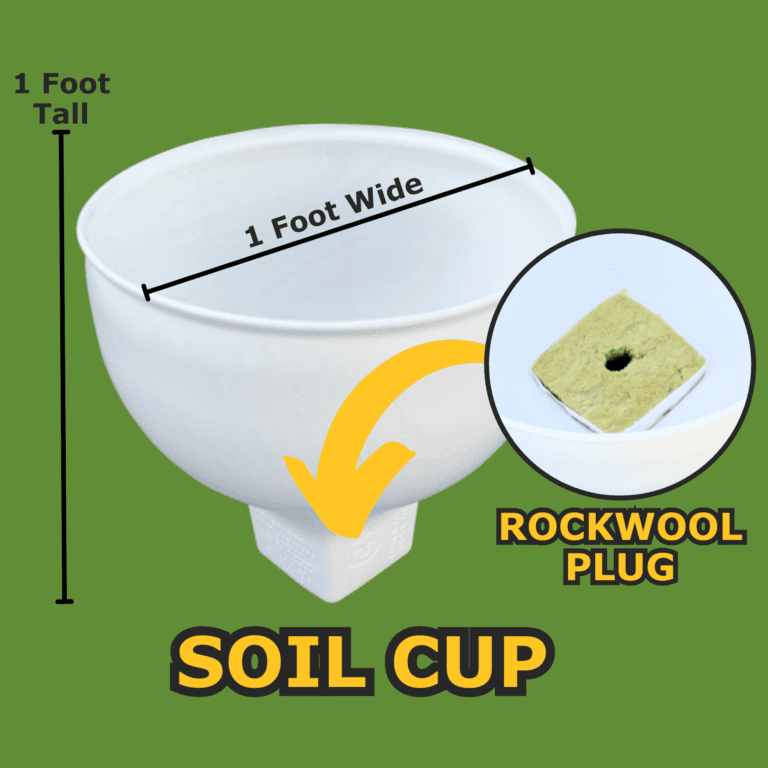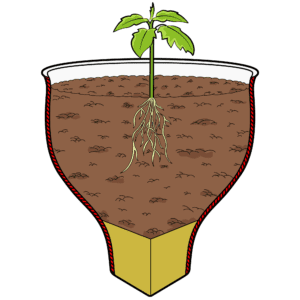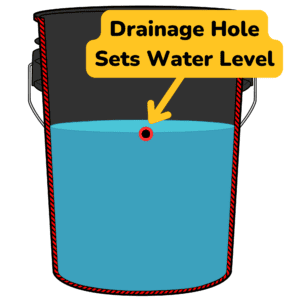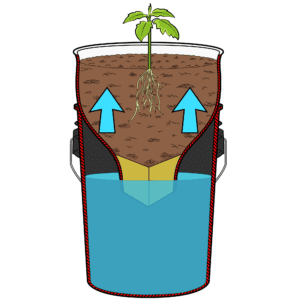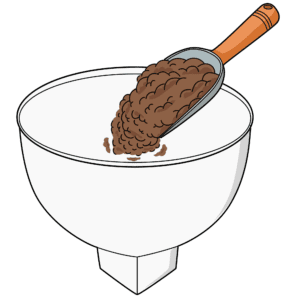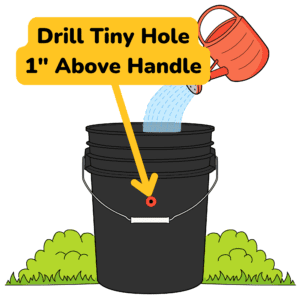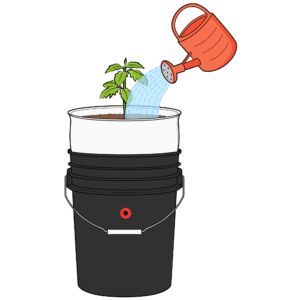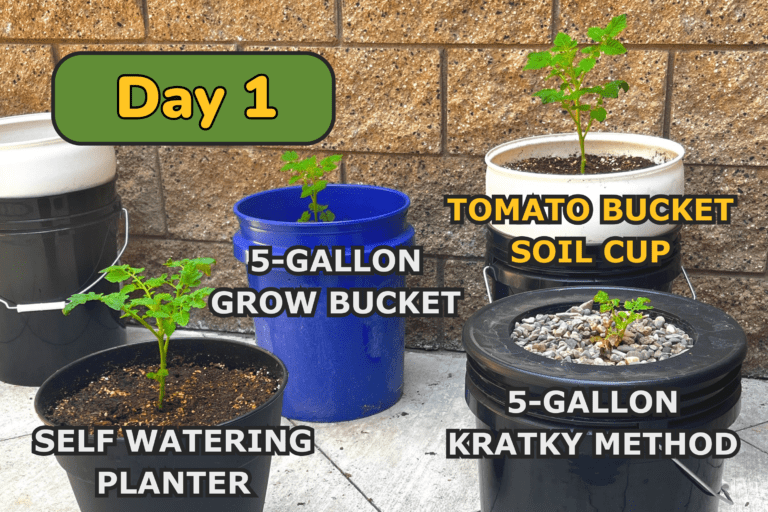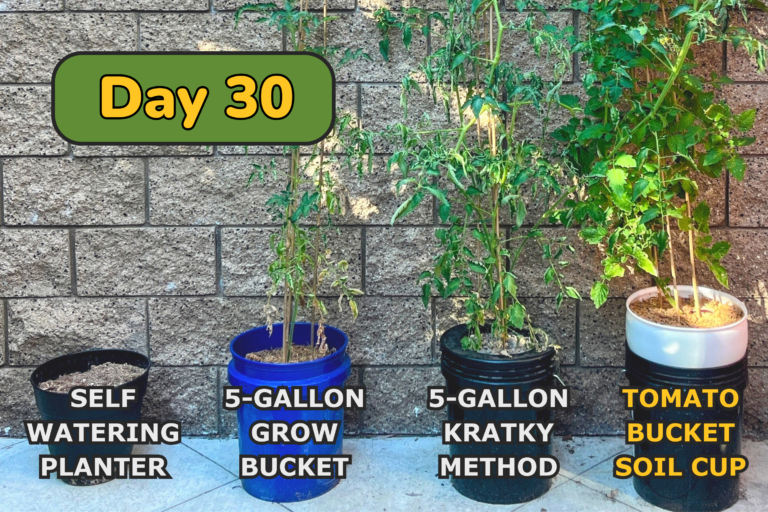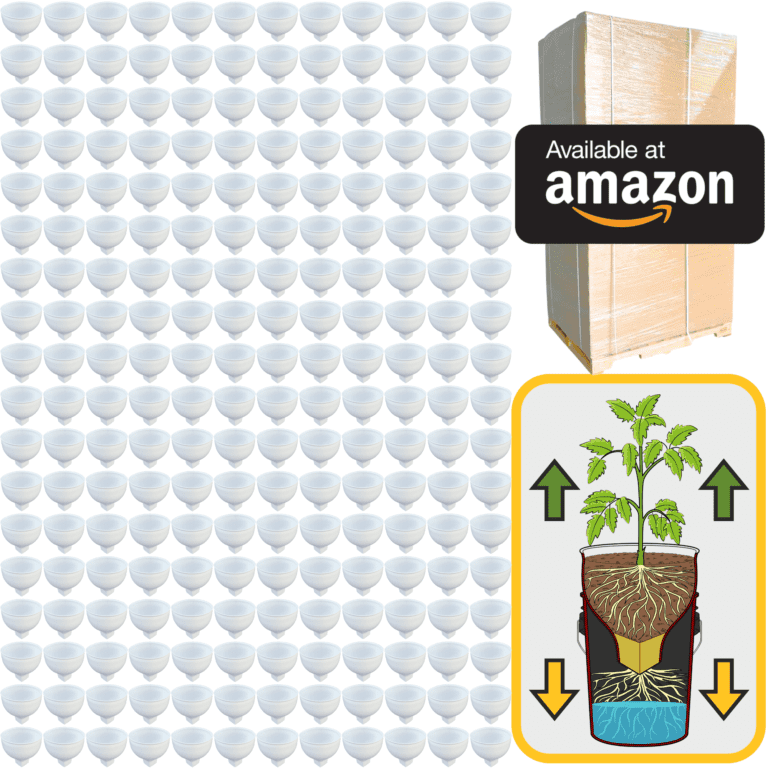When you look at a plant, you’re seeing a living system that’s been carefully designed by nature to grow, thrive, and reproduce. Each part of a plant—roots, stems, leaves, flowers, and fruits—has its own role to play, working together to keep the whole organism alive. Understanding how these parts function is key to becoming a better gardener, because once you know what each part of a plant is responsible for, you can better meet its needs and recognize when something is off.
Let’s start with the roots, the often hidden heroes of the plant world. Roots anchor the plant into the soil, holding it steady even when the wind blows or when rain pounds down. But their real job is to absorb water and nutrients from the soil. Without a healthy root system, even the best-fed and most well-watered plant won’t survive for long. The roots take up essential nutrients, such as nitrogen, phosphorus, and potassium, and deliver them to the rest of the plant. They also store food in the form of carbohydrates, which helps the plant survive during times when it might not be able to grow, like in winter or during drought.
Roots come in different forms, but they generally fall into two main categories: taproots and fibrous roots. Taproots are long, thick central roots that go deep into the soil. Carrots and dandelions are classic examples of plants with taproots. These roots are great for anchoring plants and reaching water and nutrients that are deep in the ground. Fibrous roots, on the other hand, are a network of thin, branching roots that spread out just below the soil surface. Grasses are a perfect example of plants with fibrous roots. This type of root system is excellent at grabbing water and nutrients quickly from the top layers of soil.
The health of the roots directly affects the health of the plant, so keeping your soil rich and well-drained helps roots grow strong. Watering deeply encourages roots to grow down, seeking moisture, which in turn creates a stronger, more resilient plant. If you’re growing plants in containers, be sure they have enough room for their roots to spread, and watch out for plants becoming root-bound—where the roots circle around inside the pot, unable to spread out and find nutrients.
From the roots, we move up to the stems. Stems might seem simple—they’re just the part of the plant that holds everything up, right? But they do so much more than that. Stems are the plant’s transportation system, carrying water and nutrients from the roots to the leaves and other parts of the plant, and delivering food produced in the leaves back down to the roots. This movement happens through a system of vessels inside the stem, much like veins in our bodies. There are two main types of vessels: xylem and phloem. The xylem carries water and nutrients upward from the roots, while the phloem transports food produced in the leaves down to the rest of the plant.
The structure of the stem can also give you clues about the plant’s growth habit. Some plants have strong, woody stems, like trees and shrubs, that allow them to grow tall and support heavy branches. Other plants have softer, more flexible stems, like most annual flowers and vegetables. These softer-stemmed plants tend to grow quickly and don’t live as long as their woody counterparts. Climbing plants, like beans or morning glories, have stems that are adapted to twine around supports, reaching for the sun as they grow upward.
Now we come to the leaves, the true powerhouses of the plant. Leaves are where photosynthesis happens—the process by which plants capture sunlight and convert it into energy. Each leaf is like a tiny solar panel, absorbing sunlight and using it to produce sugars that feed the entire plant. The green color of leaves comes from chlorophyll, the pigment that plays a central role in photosynthesis. Without enough sunlight, leaves can’t produce enough energy, and the whole plant will suffer. That’s why plants that need a lot of sunlight often develop large, broad leaves to capture as much light as possible, while shade-loving plants tend to have smaller or more delicate leaves.
Leaves are also responsible for another important process: transpiration. This is when plants release water vapor through tiny openings in their leaves, called stomata. This process helps regulate the plant’s temperature and also plays a role in pulling water up from the roots. On hot days, you might notice that your plants are wilting—that’s often because they’re losing water through transpiration faster than they can take it in through their roots. Giving them a good soak can help them recover.
Healthy leaves are a sign of a healthy plant, but leaves can also give you the first clue that something is wrong. If the leaves are turning yellow, it might mean the plant isn’t getting enough nitrogen. If they’re drooping or curling, it could be a sign of too much or too little water. If you pay attention to your plant’s leaves, you can often catch problems early and make adjustments to keep your plant healthy.
Moving upward, we reach the flowers and fruits, which are often the parts of the plant we’re most excited about. Flowers are the reproductive organs of the plant, and their bright colors and sweet scents are designed to attract pollinators like bees, butterflies, and birds. Once pollinated, flowers develop into fruits or seeds, depending on the type of plant. Fruits, like tomatoes, peppers, or berries, are how plants spread their seeds and ensure the next generation.
In the world of gardening, flowers aren’t just pretty to look at—they tell you a lot about the plant’s health and how well it’s growing. A plant that’s blooming well is usually a happy plant. But if a plant is dropping its flowers before they can develop into fruit, it might be stressed—either from lack of water, poor soil, or too much heat.
It’s worth noting that not all plants flower for reproduction. Many plants, like ferns and mosses, reproduce through spores rather than seeds, but they still follow similar principles of growth and development. These plants also rely on their roots, stems, and leaves to gather resources and sustain themselves, just without the need for pollination and seed production.
By understanding how these different parts of a plant work together, you gain a clearer picture of how to help your plants grow. Roots bring in the nutrients and water, stems transport them, leaves turn sunlight into energy, and flowers and fruits ensure the plant’s reproduction. Each part plays a vital role, and if one part isn’t functioning well, the whole plant can be affected.
As a gardener, your job is to support this system. This means making sure the roots have access to healthy soil, water, and space to grow. It means providing enough light for the leaves to do their job and keeping an eye on the health of the stems and flowers to make sure the plant is developing properly. When you understand how plants are built and how they function, you’ll start to see the garden differently. You’ll notice when a plant is thriving, and you’ll be able to spot early signs of trouble, giving you the chance to step in and help before things get worse.
Plants are complex, living organisms, but they’re also incredibly resilient. When you give them what they need—good soil, water, sunlight, and space—they can grow in all kinds of conditions and environments. By learning more about plant anatomy, you’re giving yourself the tools to be a more thoughtful and successful gardener. The more you understand how a plant functions from root to flower, the more you can work with nature to create a garden that’s vibrant, healthy, and full of life.

